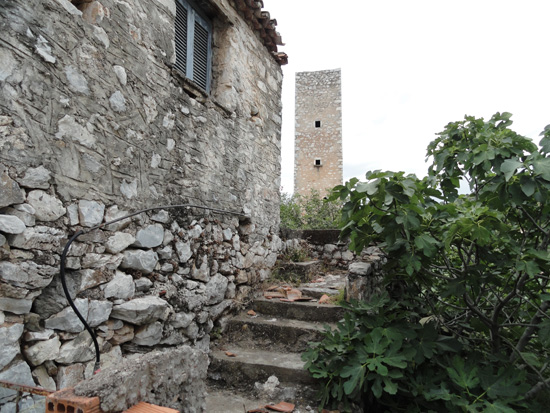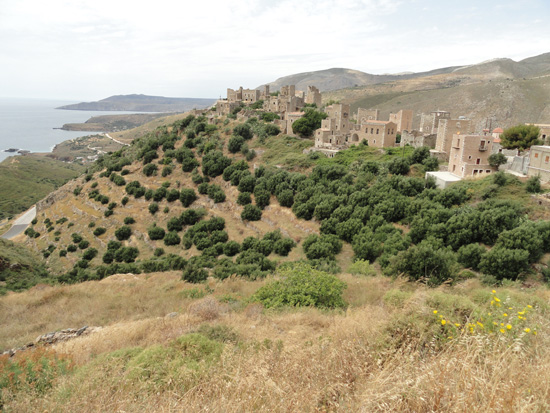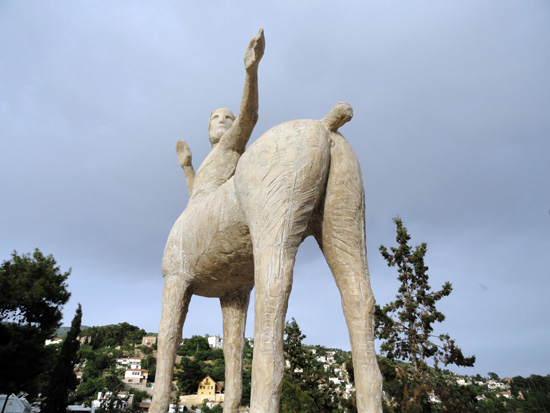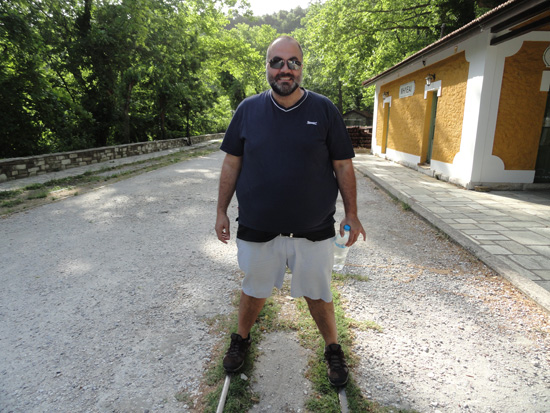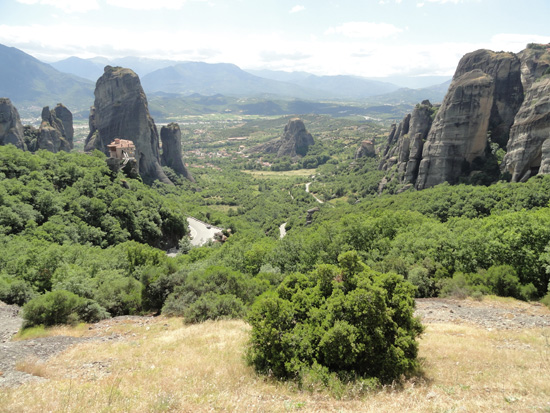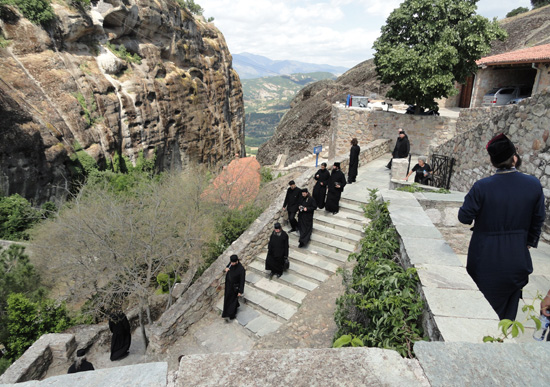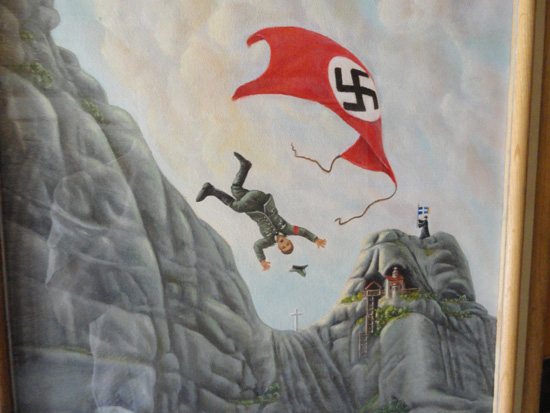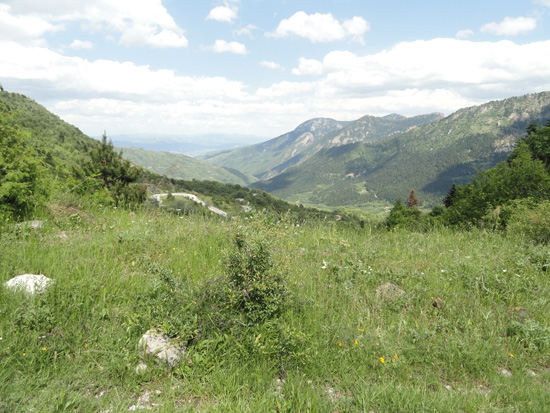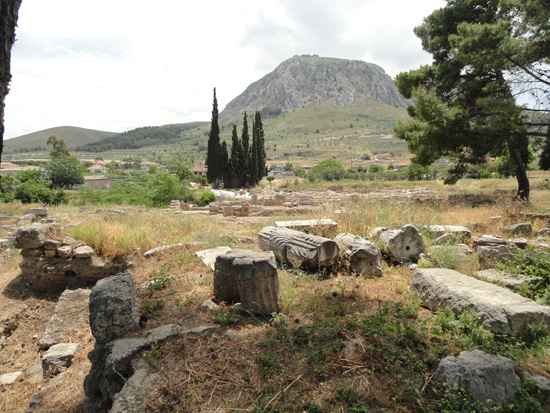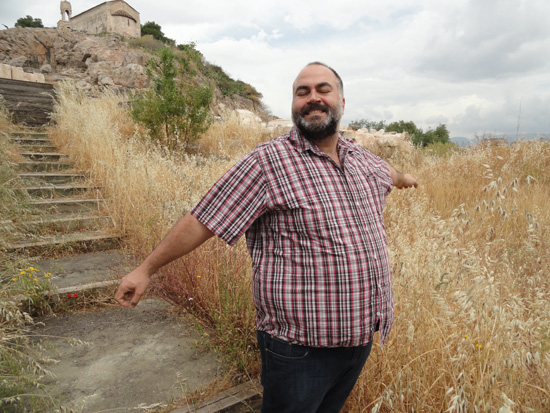
I woke yesterday morning to a text from Stavros telling me he loves me—15 months after we met, and a whole 9 months before the date that he predicted he could even consider uttering—although he didn’t really mention texting—such words. Excitedly, but afraid that he was already regretting his emotional discharge, I called him by FaceTime, masterfully concealing my excitement behind a facade of blasé musings about life in San Francisco. He was reading Pascal Bruckner’s Has Marriage for Love Failed? He just figured out he loves me and is already apprehensive about the shackles of marriage?
“At last,” he said, “someone shares my ideas about marriage.”
On my laptop I did a quick search for info about the book: Love has triumphed over marriage but now it is destroying it from inside… The collapse of the ideal of marriage for love is not necessarily a cause for remorse, because it demonstrates that love retains its subversive power. Love is not a glue to be put in the service of the institution of marriage: it is an explosive that blows up in our faces, dynamite pure and simple.
Destroying? Collapse? Remorse? Subversive? Glue? Explosive? Dynamite? I could see the appeal to Stavros, his intellect in constant turmoil with the obvious and incessant tugs at his heartstrings. Structure is something that we haven’t addressed very seriously. Could he already be thinking about what’s next—how to give form to these feelings that we each now share? Ever ready for my guest appearance on the Greek Love Boat, I just stared glassy-eyed at the beautious Greek staring back at me on my iPhone, a big happy smile on my face.

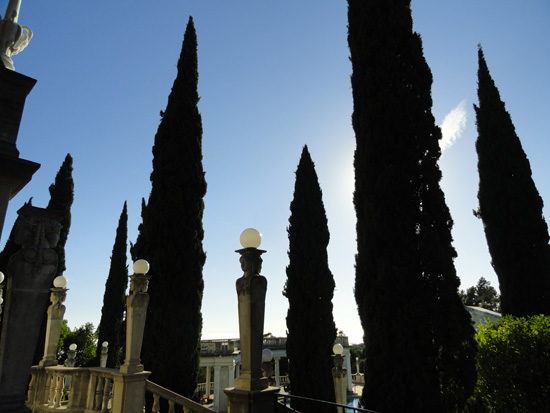
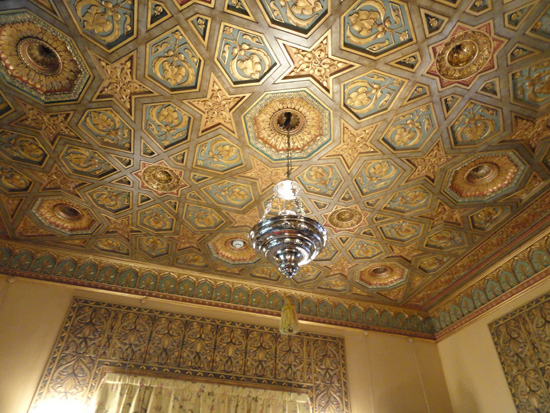
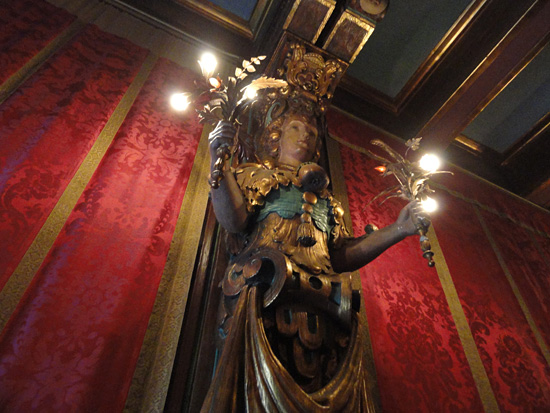
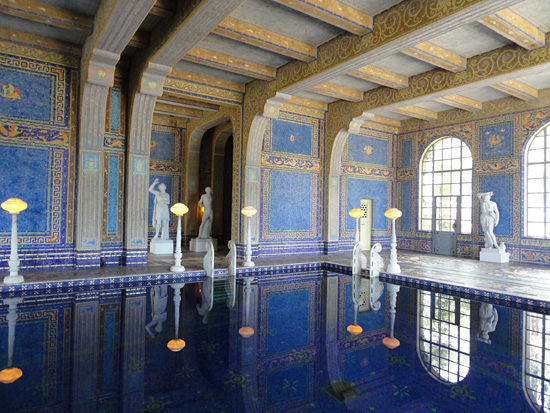
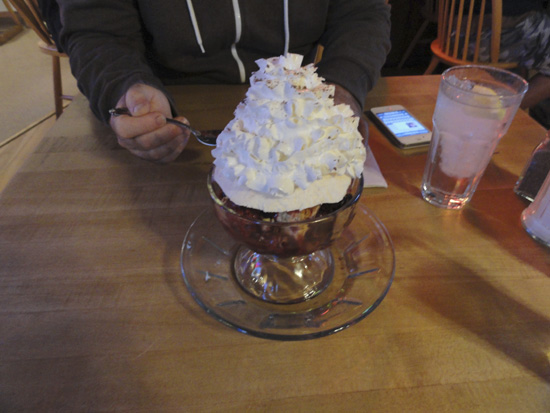
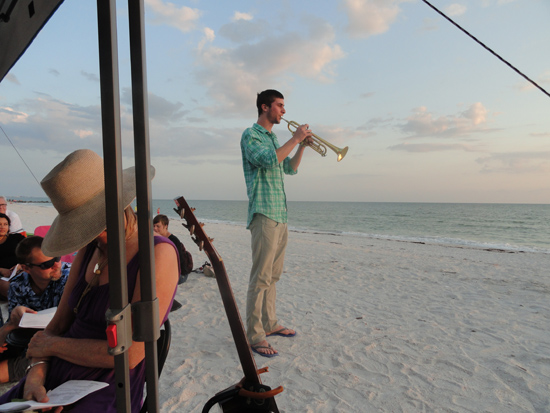
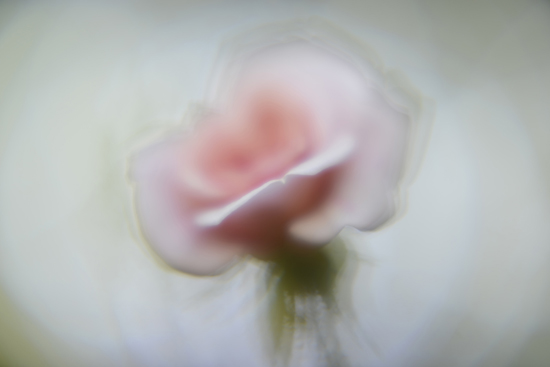
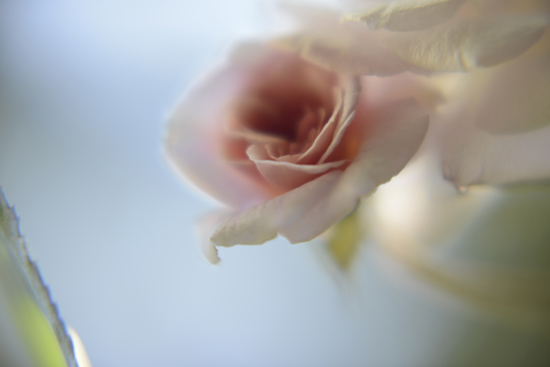
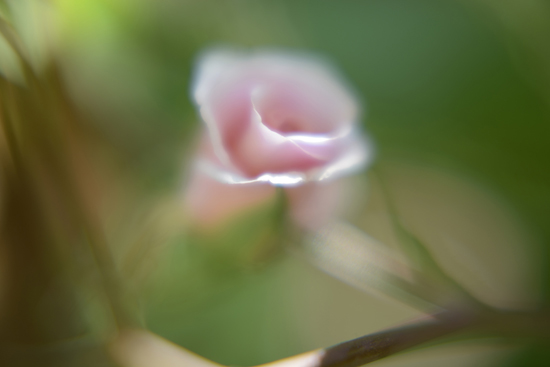
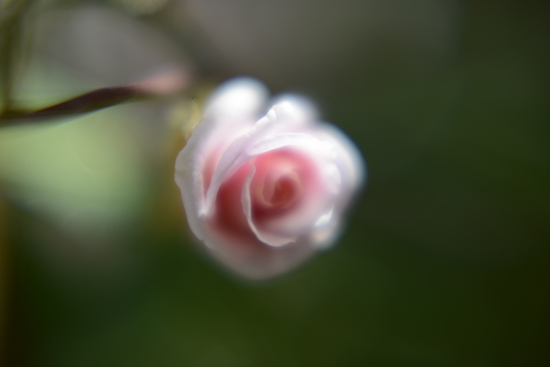
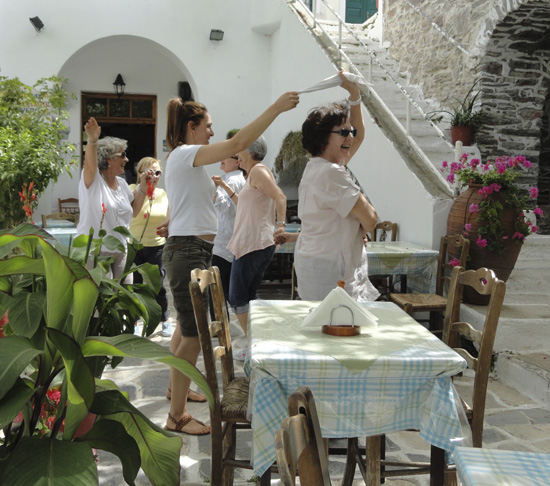
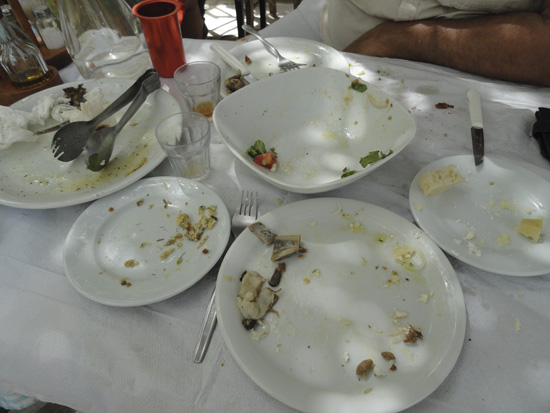
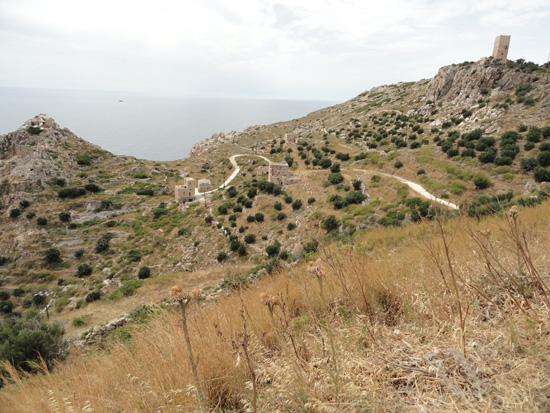
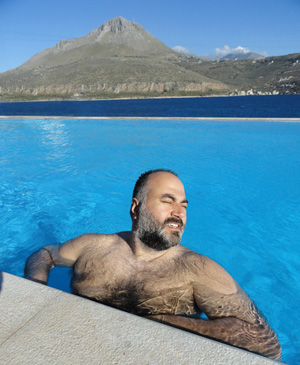 We drove directly to Kalamata from Athens, and then slowly down the west coast road through Kardamyli to Neo Oitylo, on Limeni Bay. We stayed in the Afrodite (the goddess of love, beauty and pleasure!) Suite at the Selena Studios, a charming hotel with outstanding views overlooking the bay and the soft brown stone towers of the town of Limeni on the other side of the bay.
We drove directly to Kalamata from Athens, and then slowly down the west coast road through Kardamyli to Neo Oitylo, on Limeni Bay. We stayed in the Afrodite (the goddess of love, beauty and pleasure!) Suite at the Selena Studios, a charming hotel with outstanding views overlooking the bay and the soft brown stone towers of the town of Limeni on the other side of the bay.